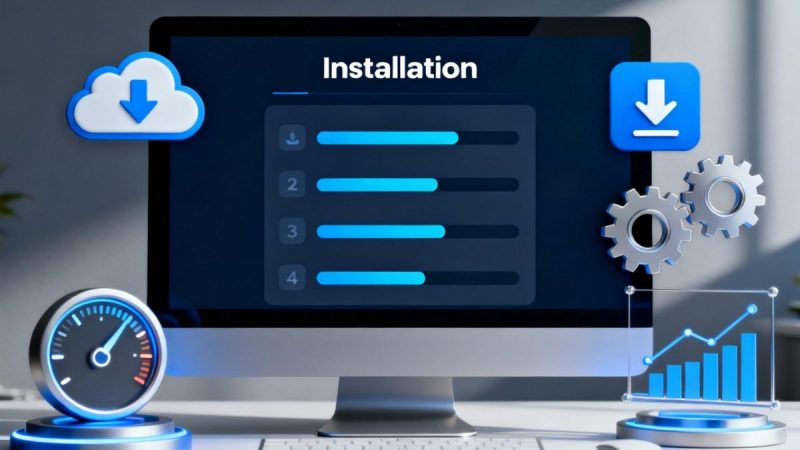5 Keys to Frictionless Cross-Channel Returns and Exchanges

As consumer preferences in shopping become increasingly unpredictable, the frequency of returns and exchanges has surged. This presents a significant challenge for retailers in effectively navigating and handling these transactions. Consumers now anticipate the flexibility to freely return items through various purchase channels. Frustration arises from disjointed systems, restocking delays, and intricate processes, emphasizing the need for interconnected return solutions.
This article outlines five strategies for retailers to achieve frictionless cross-channel returns and exchanges:
1. Unify order management systems
An integrated order management system (OMS) forms the core technology foundation to connect returns operations across sales channels. Traditional OMS platforms were channel-specific, making tracking purchase data or inventory updates impossible across channels.
Modern unified order management software consolidates all this channel data to provide real-time visibility. When customers return items purchased in one channel back to another, this connected system can instantly verify the original purchase and coordinate inventory or fulfillment impacts across the retail ecosystem.
Unified order management sits at the heart of smoothly facilitating returns, exchanges or refunds regardless of the original purchase channel.
2. Empower store associates
Frontline store associates directly bear the brunt of customer frustrations around returns. However, they often need more visibility or tools to efficiently handle returns that involve cross-channel purchase history and inventory updates.
Empowering associates requires better technology integration, granting them enterprise-level visibility into customer purchase history and inventory availability across channels. Equipping associates with easy-to-use tools to instantly verify and manage cross-channel returns enables them to deliver excellent service.
3. Offer channel-agnostic return policies
Research shows nearly 76% of consumers expect flexible cross-channel return policies from retailers. However, many fineprints still restrict returns to specific channels – for example, online items can only be returned by mail, not in stores.
Retailers must build channel-flexible return policies and revamp underlying systems to support that. Consumers overwhelmingly prefer shopping with retailers that have simple return instructions and let them make returns or exchanges easily to any channel.
4. Simplify returns processes
Even if policies allow cross-channel returns in principle, complicated workflows create bottlenecks. Issues like the inability to locate past purchases across channels, long store return queues, struggle to find the right staff to assist, and delays in refund settlement leave shoppers exhausted.
Smoothing the underlying returns processes is crucial. Tactics involve pre-printed return labels for channel-agnostic returns, QR codes to access original purchase details from any channel quickly, prompt confirmation emails after returns and automated refund settlement.
Advanced returns software can also auto-generate prepaid shipping labels for returns, help swap items for different sizes after an exchange, and instantly update inventory levels across all channels based on returns.
5. Provide returns process transparency
Transparency and proactive communication around returns dramatically improve customer experiences. Leading retailers openly share channel-specific returns policies and preferred return methods on product pages – rather than surprising customers later.
Post-return tracking systems give visibility into refund status after initiation. Updates via text messages or emails improve convenience. Post-return surveys allow the capture of specific feedback from customers on their return experience.
Most vitally accurate confirmations and notifications after the customer gets their refund processed close the loop neatly and provide reassurance.
Building future-ready returns
Enabling easy omnichannel returns is becoming a competitive necessity, not just a nice-to-have. As retail channels continue proliferating globally, embracing cross-channel returns gets interlinked with business success. The strategies above outline actionable ways for retailers to start reducing returns-related friction and customer friction across channels.






